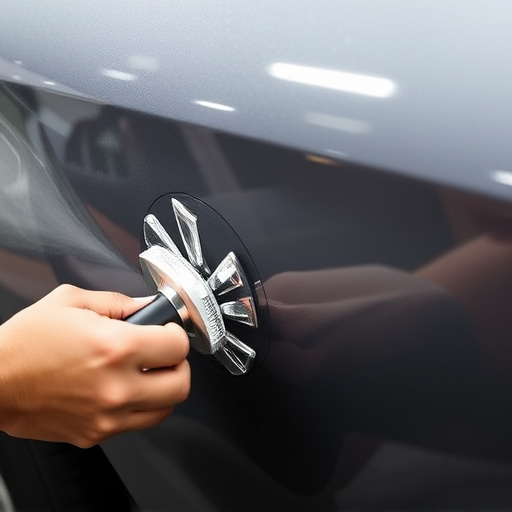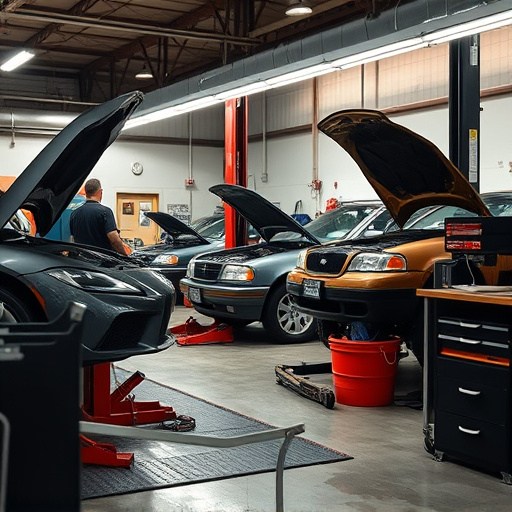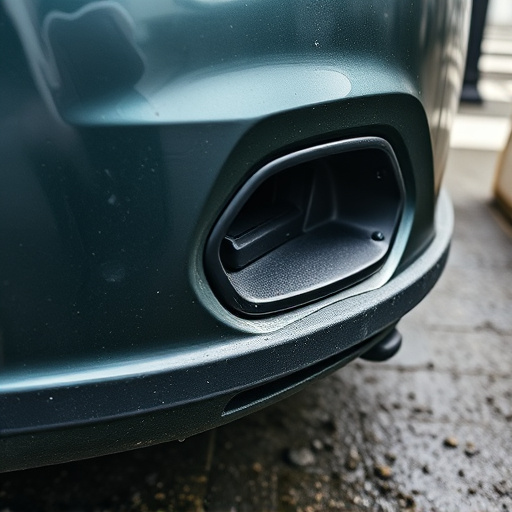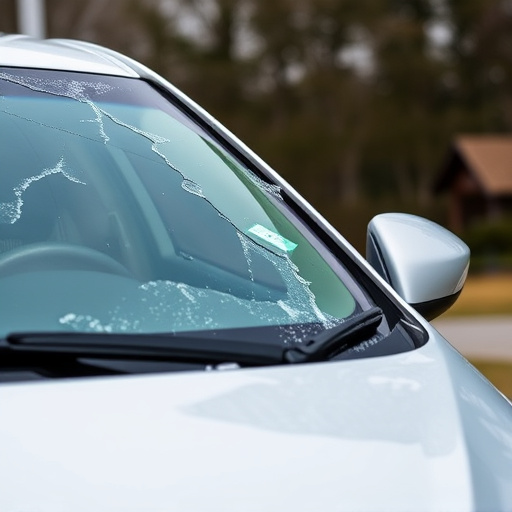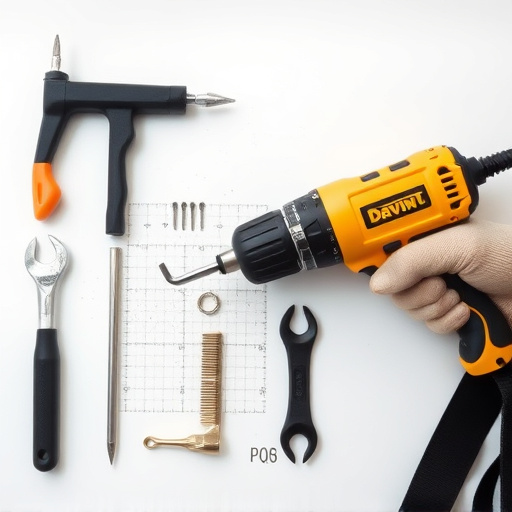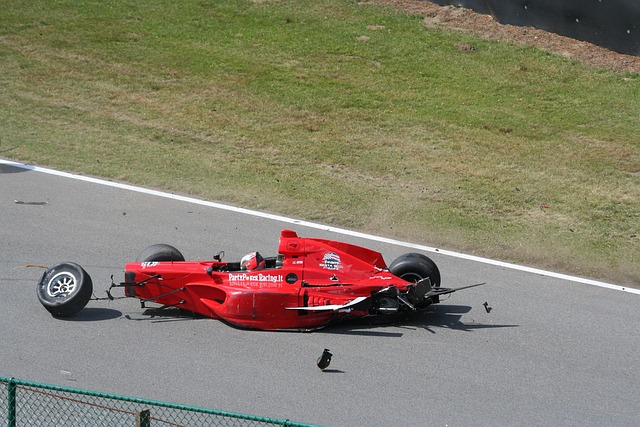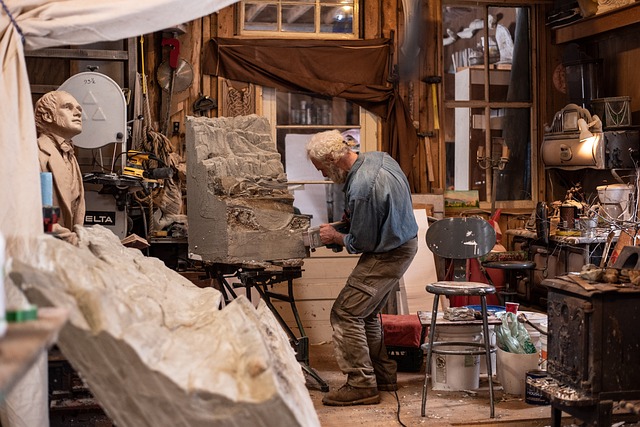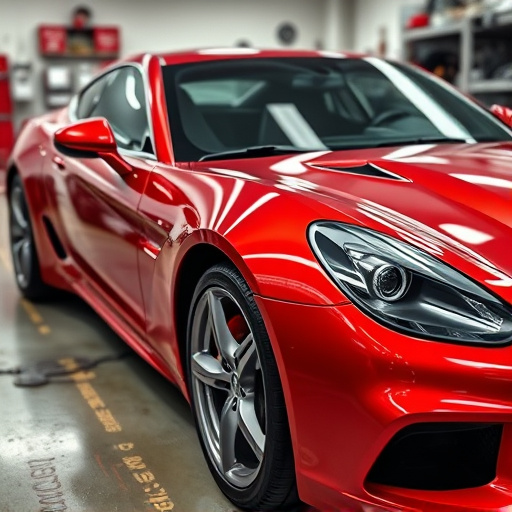Corrosion, driven by water, oxygen, and other factors, causes material deterioration over time, affecting structural integrity and aesthetics in industries like automotive restoration. Traditional methods involving toxic chemicals are being replaced with corrosion protection strategies that are eco-friendly, such as protective coatings, specialized paints, and natural barriers like ceramic coatings. This shift is crucial for modern vehicles designed for longevity and to minimize environmental impact. Advanced polymeric coatings, biodegradable and offering long-lasting protection, further enhance corrosion protection while promoting healthier work conditions in automotive repairs.
Corrosion, an insidious process eating away at structures and materials, poses significant challenges across industries. This article delves into crucial aspects of corrosion protection, exploring its causes, effects, and environmental implications. We examine traditional prevention methods, highlighting their impacts on ecosystems, and present sustainable solutions for long-lasting, eco-friendly corrosion protection. By understanding these considerations, professionals can make informed choices promoting both durability and environmental stewardship.
- Understanding Corrosion: Causes and Effects
- Environmental Impact of Corrosion Prevention Methods
- Sustainable Solutions for Long-Lasting Protection
Understanding Corrosion: Causes and Effects

Corrosion is a natural process that occurs when certain materials interact with substances like water and oxygen, leading to their deterioration over time. In the context of corrosion protection, understanding its causes and effects is paramount. This process can be accelerated by various factors, such as exposure to harsh weather conditions, chemical reagents, or even high humidity environments. For instance, in the automotive restoration and car bodywork services industries, corrosion often manifests as rust on metal surfaces, compromising the structural integrity and aesthetic appeal of vehicles.
The effects of corrosion are multifaceted. On a surface level, it can cause discolouration, weakening of materials, and reduced performance. For instance, corroded auto glass repair components may become brittle and prone to sudden failures. At a more profound level, corrosion can lead to structural failure, compromising safety and the longevity of assets. Therefore, effective corrosion protection strategies are essential for maintaining the integrity of structures and vehicles across various sectors.
Environmental Impact of Corrosion Prevention Methods
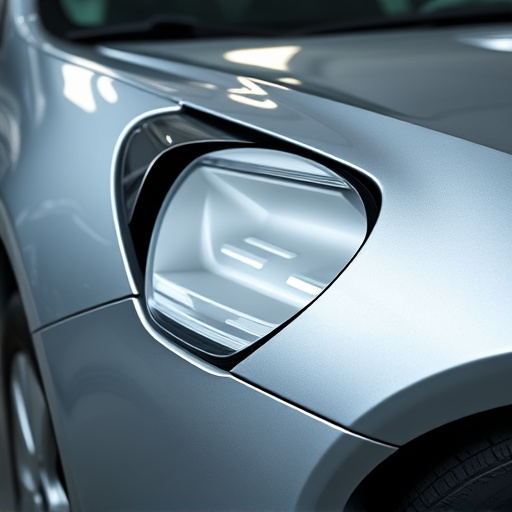
The methods employed for corrosion protection can significantly impact the environment, particularly when considering the entire lifecycle of a vehicle. While traditional techniques often involve toxic chemicals, modern approaches in luxury vehicle repair and car bodywork services are shifting towards more eco-friendly solutions. These innovative methods include using protective coatings, specialized paints, and natural barriers that mimic the protective mechanisms found in nature. For instance, applying ceramic coatings can provide an effective barrier against corrosion without emitting harmful volatile organic compounds (VOCs).
This shift towards green corrosion protection is crucial, especially as vehicles are designed to last longer and become more complex. By minimizing environmental impact during luxury vehicle repair or dent removal processes, we contribute to a healthier ecosystem while also ensuring the longevity of our cars. These practices not only protect the structural integrity of car bodywork services but also help preserve the natural environment for future generations.
Sustainable Solutions for Long-Lasting Protection

In today’s world, where sustainability is at the forefront of many industries, finding sustainable solutions for corrosion protection has become a priority. The traditional methods of preventing corrosion often involve toxic chemicals and harmful processes, which can have detrimental effects on both the environment and human health. As such, there is a growing demand for eco-friendly alternatives that still provide long-lasting protection. One such solution lies in the advancement of protective coatings and treatments that are not only durable but also biodegradable.
These innovative approaches to corrosion protection focus on preserving and restoring vehicle repair surfaces without relying on harsh substances. For instance, advanced polymeric coatings can create a barrier against moisture and chemicals, which are primary contributors to metal degradation. Furthermore, these coatings can be easily applied during vehicle body repair or paint repair processes, offering a seamless and sustainable solution for maintaining the integrity of vehicles over time. By adopting such methods, not only do we ensure minimal environmental impact but also promote a healthier work environment for professionals in the automotive industry.
In conclusion, effective corrosion protection is essential for maintaining infrastructure and minimizing environmental impact. By understanding the causes and effects of corrosion, we can explore sustainable solutions that offer long-lasting protection. The article has highlighted the need for eco-friendly corrosion prevention methods, ensuring a balance between industrial needs and environmental preservation. These considerations are vital steps towards a more resilient and ecologically conscious future.



